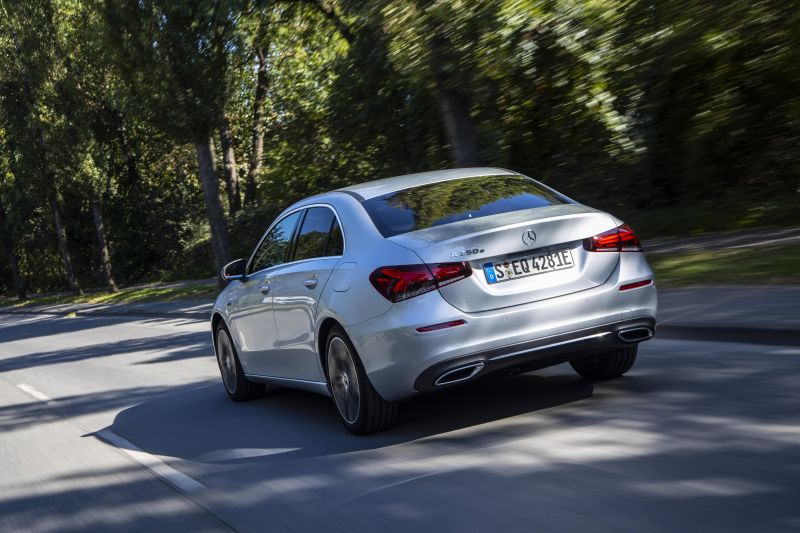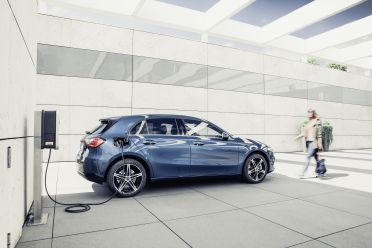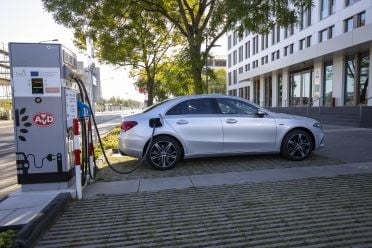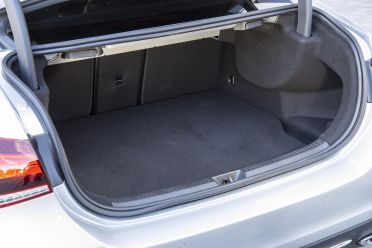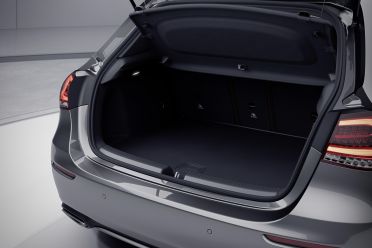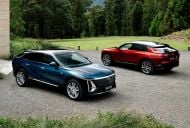Mercedes-Benz has introduced its cheapest plug-in hybrid yet in the Australian market, the A250e.
Priced at $63,400 before on-road costs as a hatchback and $66,000 before on-roads as a sedan, the Mercedes-Benz A250e is almost $20,000 cheaper than the brand’s next cheapest PHEV, the C300e.
The two A250e models mate a turbocharged 1.3-litre four-cylinder petrol engine producing 118kW of power and 250Nm of torque with an electric motor producing 75kW of power and 300Nm of torque, as well as a 15.6kWh lithium-ion battery.
Combined outputs are 160kW and 450Nm, with an ADR combined fuel economy rating of 1.6L/100km and an ADR electric range figure of 73km. That’s also enough to get the A250e from 0-100km/h in just 6.6 seconds (6.7 seconds in the sedan), or around half a second slower than the regular A250.
All A250e models use an eight-speed dual-clutch automatic transmission and front-wheel drive.
The A250e is also the first Mercedes PHEV to support rapid DC charging and the first to have a combustion engine started by the electric motor, instead of a separate 12-volt starter. To use DC fast charging, you’ll need to pay $1490 for the DC Charging Package which also increases AC charging speed to 7.4kW.
Using 24kW DC charging, you can increase your charge from 10 to 80 per cent in 25 minutes.
Another option is the $1250 Mercedes-Benz Wallbox Home which can deliver up to 7.4kW on single-phase power or up to 22kW on three-phase power.
The standard type 2 plug can charge the A250e with AC power at a rate of up to 3.7kW.
The battery adds an extra 150kg and robs a little bit of boot space. The A250e has 310L of luggage space in the hatch and 355L in the sedan, down from 370L and 430L respectively in the petrol models.
Standard equipment is largely the same as the A250 hatch and sedan, priced at $51,500 and $53,500 before on-roads, respectively.
That includes 18-inch alloy wheels, LED headlights with adaptive high-beam, semi-autonomous parking assist and proximity entry with push-button start.
Inside, you’ll find wireless phone charging, Artico artificial leather upholstery and Mercedes’ MBUX infotainment system with dual 10.25-inch displays and Android Auto, Apple CarPlay and satellite navigation.
Standard safety equipment includes blind-spot monitoring, lane-keeping assist, traffic-sign recognition and nine airbags.
You can change your climate control settings using the Mercedes me Connect app on your smartphone, which also allows you to monitor the status of your vehicle.
This isn’t the first time a German luxury brand has offered a small plug-in hybrid. Audi briefly offered the A3 Sportback e-tron from 2015 to 2016 in Australia, priced almost identically to the new A250e.
There’s no such plug-in hybrid available in the current A3 range, however, while BMW’s 1 Series also does without. This leaves the A250e with virtually no direct competition for now.
Though they aren’t small hatchbacks, the Mini Hybrid Countryman and Volvo XC40 Recharge Plug-In Hybrid are priced similarly to the A250e. The Mini retails for $57,200 before on-roads while the Volvo is priced at $64,990 before on-roads.





